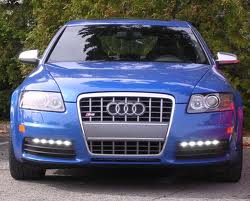DSA Test changes for lorries and coaches
Posted on
Braking exercise change for lorry, coach, bus and trailer tests
People taking tests to be lorry, bus, coach or car-and-trailer drivers will perform the braking exercise on-road rather than off-road from 1 January 2011, the Road Safety Minister Mike Penning announced today.
Candidates will be asked to perform the braking exercise immediately before the angle start, where the driver is asked to pull away from behind a parked vehicle.
Mike Penning said:
"This update to the testing process reflects advances in modern braking technology and allows us to strengthen our assessment of the candidate’s ability to brake safely in real traffic conditions.
"I have asked the Driving Standards Agency to keep the test under review to see if it is possible to identify any other improvements."
Currently candidates have to perform reversing, uncoupling (where appropriate) and braking exercises off-road. Only the braking exercise is being moved.
The new method does not mean any change to the actual content of the test. Other categories of test are unaffected.
